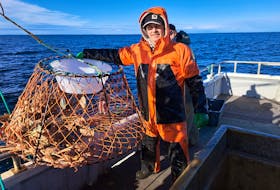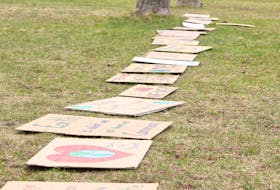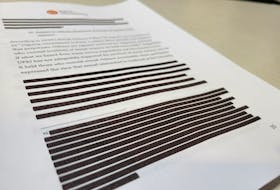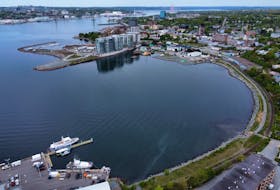
Openly available remote sensing data sets might sound boring as pawing through dirt.
The ability to remotely sample the information collected by wind and rain gauges in your neighbourhood and beyond? Why, you can see if it’s raining hard by looking out the window, right?
Well, as insurance companies point out the increased amount of weather-damage claims from violent storms, being prepared for the circumstances that are facing you now, that are coming towards you in the next few hours, or that you are driving towards, could have life-changing importance.
And while we get all sorts of storm hype through all kinds of media during any major weather event, it’s remarkable to see what an individual with access to a computer can gather publicly with already-existing technology.
Related story:
When will it end? Florence's floodwaters rising in Carolinas
Watching North Carolina’s FIMAN real-time river gauge system, for example — and the corresponding NCDOT road system map — during the landfall and decay of hurricane Florence has been a fascinating thing.
FIMAN is the state’s flood inundation mapping and alert network. It works in a couple of ways: you can load in your name, email and cell phone number for customized flood alerts, or you can go into the mapping system and look live at the state’s broad range of river and flood gauges independently.
Pick, for example, the Lumber River gauge at Lumberton, and earlier this week, it would show you that the river peaked at 21.9 feet over flood stage, and started to decline by Wednesday. Not only that, though: you could, by looking at the overlaid topographical information, zoom in to individual houses and commercial properties using satellite imagery and see not only whether the flooding was covering individual properties, but how deep the water was. You could see that the river’s flow was 12,500 cubic feet per second, and even view what the current expected damages would cost in ballpark numbers.
In Lumberton, the damage numbers were an estimated 882 buildings damaged, with estimated damages of US$23.86 million. Almost half that damage, US$10 million, is expected to be in five commercial properties in areas that were covered by between four and five feet of water.
You can zoom the imagery down into individual neighbourhoods, and see how some houses, slightly higher than their neighbours, have received only minor damage, while all around them, the other homes are inundated.
Then, there’s NCDOT — run by the North Carolina Department of Transportation. It’s a mapping system that shows, in real time, what roads are open, closed, flooded or partially flooded, across the entire state, along with where incidents and damage have occurred. It also links to traffic cameras where they are available.
If you were among the affected and the displaced by Florence, the data from the two sources can show you a safe way home — and, grimly, what you might reasonable have to expect when you get there.
On a larger scale, though, the raw data — coupled with more accurate post-hurricane information — will show municipal and state leaders things about where rebuilding can and should occur, where it definitely can’t, and where things like fixed infrastructure may have contributed to increases in flooding by limiting things bottlenecking what would otherwise be free-flowing runoff.
Think about that in terms of the damage following hurricane Igor here — how reports on the extent and location of damage crept in over days, as damage in areas that had been substantially cut off from road connection trickled in for ages.
I’m not saying that kind of information is necessary for the remnants of hurricanes we get in this province, but what it does show is that huge amounts of information can be collected and provided to help keep people safe in a variety of weather — and other — situations.
It has always surprised me that so much innovation would go into a web-connected smart fridge or television, when, to all intents and purposes, one is solely for entertainment, and the other is a box of cold air.
Then again, we seem to be in a time when entertainment and snacks are much more important than science.
At least harvesting a veritable river of data has the potential to help in the future: more data and better data can mean better decisions.
At least, if governments are willing to accept science.
Not all do.
Russell Wangersky’s column appears in 36 SaltWire newspapers and websites in Atlantic Canada. He can be reached at [email protected] — Twitter: @wangersky.








